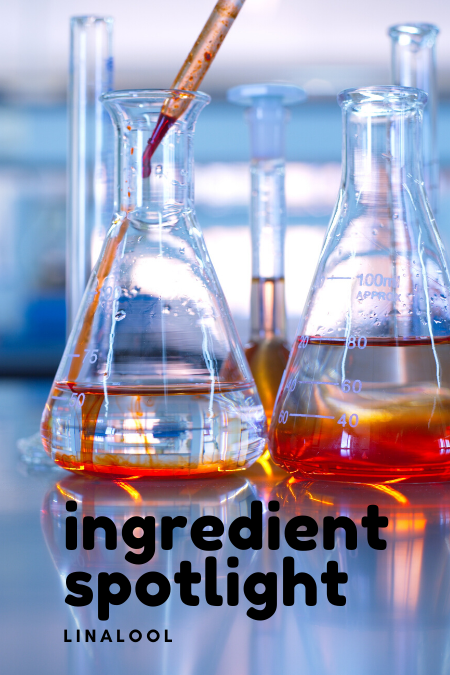
Linalool Allergy
Linalool allergy is on the rise as it is included in many products we use every day. There’s a lot of confusion – even lack of education – about what ingredients are in personal care products. Especially in the United States, most of us have NO IDEA what’s in the products we buy, why we are buying them, or whether they are beneficial or harmful.
Today, I’d like to highlight one ingredient that has taken my skin for quite a ride over the years, Linalool and, subsequently, Linalool Hydroperoxide Allergy. I avoid it now like the plague, and hopefully, after you read this, you’ll be inspired to clear your homes of it to avoid sensitization for you and your family. Allergy to linalool can be avoided.
Linalool Allergy | Where is it Found?
Linalool Hydroperoxide, a fragrance ingredient, is found in plants and personal care products. As a common chemical constituent, it is found in more than 200 natural botanical oils, including lavender, ylang-ylang, bergamot, jasmine, and geranium.
Linalool is found in 90% of perfumes on the market. It has an odor similar to bergamot oil or French lavender and a flowery-fresh odor reminiscent of Lily of the Valley. Surprisingly, linalool has a spicy, woody odor. Linalool Hydroperoxide is a flavor ingredient with a spicy, citrus taste.
Essentially, those with a fragrance allergy and an allergy to linalool should avoid all botanical extracts and essential oils.
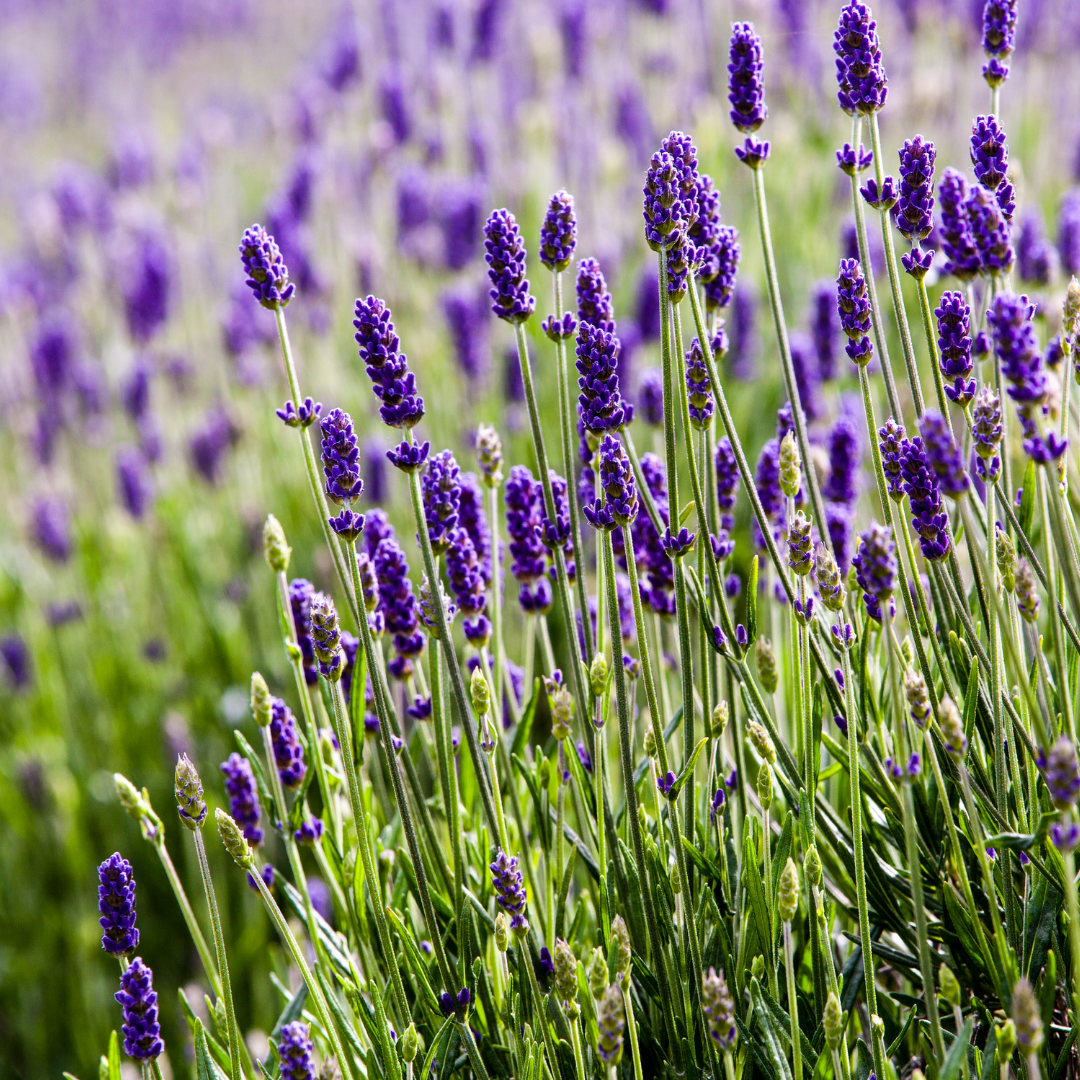
Linalool Allergy
Where is it found…
- As a common chemical constituent, Linalool is found in more than 200 natural botanical oils, including lavender, ylang-ylang, bergamot, jasmine, and geranium.
- Linalool can be found in 90% of common perfumes on the market today.
- It has an odor similar to bergamot oil or French lavender and a flowery-fresh odor reminiscent of Lily of the Valley.
- Linalool Hydroperoxide is a flavor ingredient with a spicy, citrus taste.
For some, developing an allergy to linalool is likely due to its ability to oxidize upon air exposure. This is similar to another fragrance chemical constituent, Linalool. Both can become allergens with air exposure resulting in Linalool Hydroperoxide Allergy or Limonene Hydroperoxide Allergy. Therefore, products open for several months are more likely to be allergenic than brand-new products.
Contact Dermatitis Magazine
We already know that fragrance ingredients can sensitize the skin, but the oxidation of limonene and linalool makes them especially sensitizing. Need some proof? The April 2011 edition of Contact Dermatitis talked about the rise in an allergy to linalool.
“The oxidized forms of the fragrance terpenes limonene and linalool are known to cause allergic contact dermatitis. Significant rates of contact allergy to these fragrances have been reported in European studies and in a recent worldwide study. Patch testing to oxidized terpenes is not routinely carried out either in the U.K. or in other centers internationally.”

Wiley online library
Product Regulations
It’s curious, though, since we’ve discovered this about linalool and limonene being allergenic in 2011, why is it still in our personal care products? As a society, Americans believe there are benefits to using essential oils and “clean beauty.” Due to this obsession, in my opinion, we are driving the market. Manufacturers are just responding to the market by placing botanicals and essential oils in personal care products. Many also diffuse these oils into the air, and as a result, sensitization to the public is on the rise.
European Union
The EU has strict regulations on ingredients in personal care products. Fragrance and essential oils actually top their list of restrictions. Companies may have two formulations – one for the U.S. (no restrictions) and one for the EU. Until we have better regulation in the U.S., education is key to keeping yourself and your family safe from sensitization.
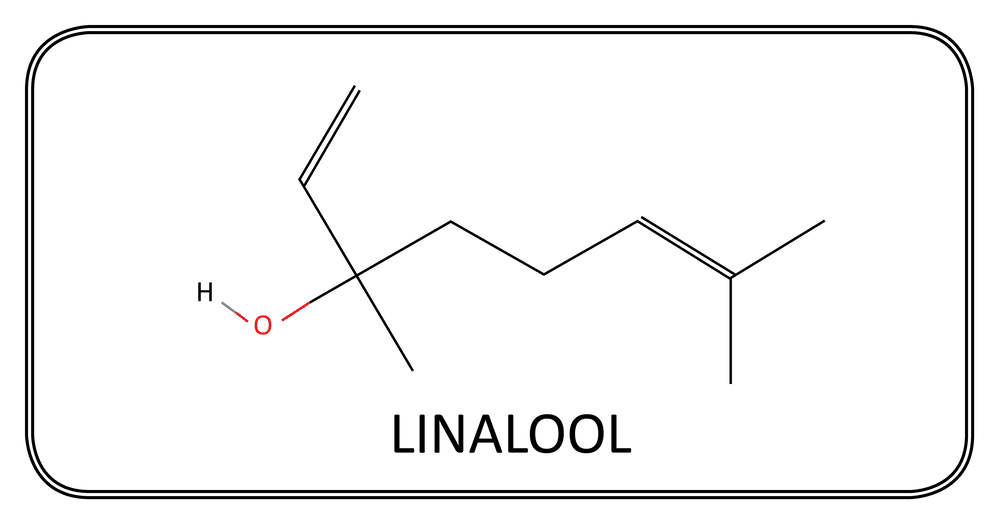
Botanicals and Essential Oils
As an illustration, botanical extracts and essential oils are fragrance chemicals and are allergic to most with a linalool hydroperoxide allergy and fragrance contact allergy. This can be a confusing statement since most people believe that essential oils are safe and beneficial to use.

Botanicals
Botanical extracts / essential oils
- Botanical extracts and essential oils are fragrance chemicals
- Those with Linalool allergy and fragrance allergy will be allergic to essential oils and botanical extracts
- The allergy will exist with synthetic or natural essential oils and botanical extracts
Today, many companies try to push off this notion that a product is natural, free from chemicals, and safe; however, the ingredient list contains a lengthy list of botanical extracts. Fragrance chemicals, whether natural or synthetic (botanical/essential oil), can sensitize the skin and cause essential oil allergies.
These extras are usually of no benefit to your skin either. The botanical/essential oil/fragrance ingredients are there for marketing most commonly. Including botanical ingredients is what separates their product from other products. Without the fragrance blend or the botanical extracts, most products, like facial moisturizers, are just about the same as every other facial moisturizer.
Education is key to keeping you and your family safe and less likely to experience the explosion of Allergic Contact Dermatitis – the disease I suffer from.
Infant and Children Skincare
With infants, only bathe with fragrance-free washes and only minimally, two times a week at most. Keeping their skin intact with lots of fragrance-free lotion is best. See my post about Leaky Skin for helpful hints.
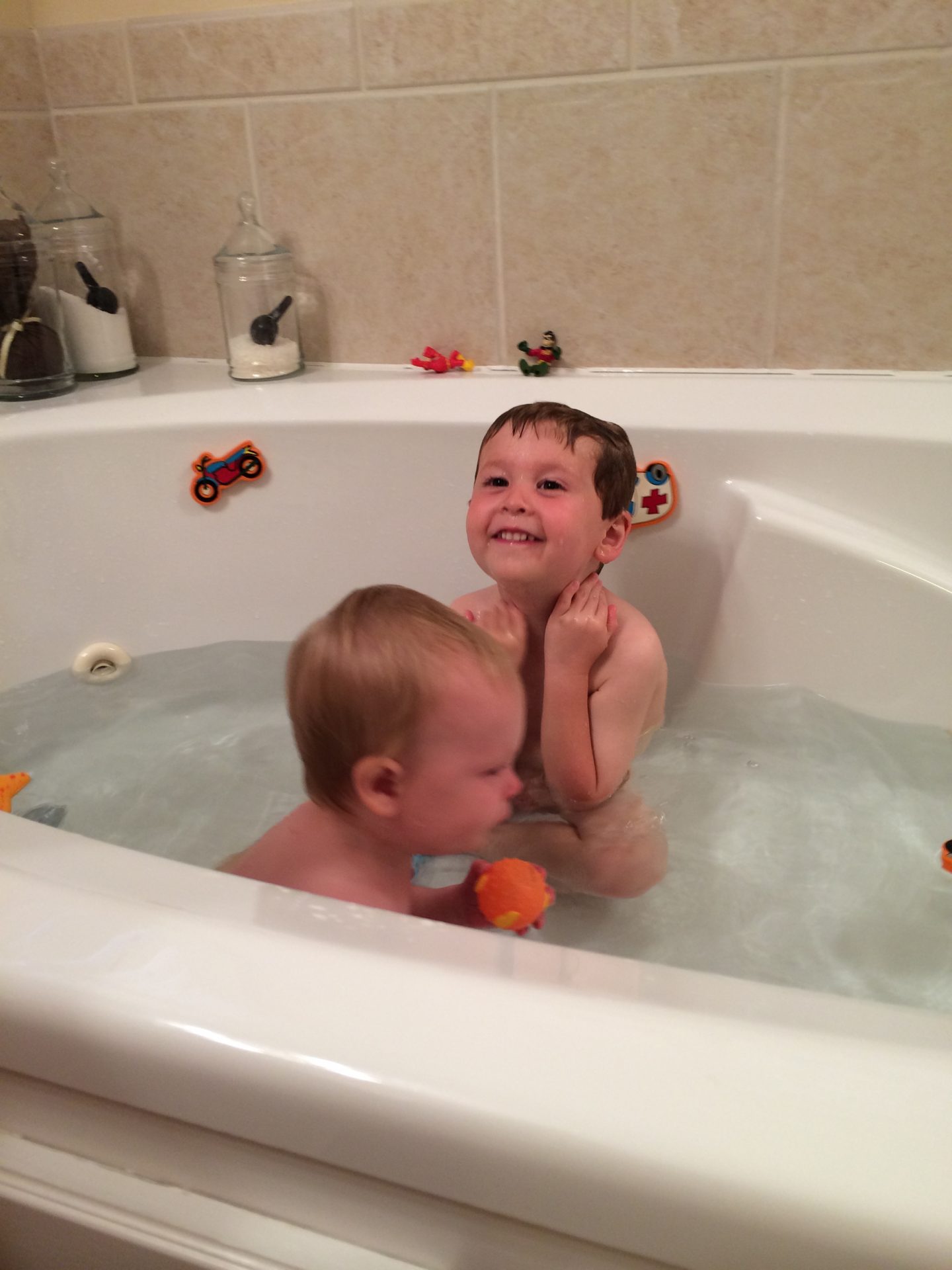
As for toddlers and young children, use caution with what you use on their bodies, only fragrance-free products. When you have your children in a bath, wash them LAST and promptly get them out! If you’re letting them soak and play AFTER washing them, this can be incredibly sensitizing. Dermatologist Dr. Sandy Skotnicki mentions this in her book Beyond Soap.
“You don’t want your child sitting in potentially irritating soapsuds. Instead, the parent should reverse things – playtime happens first in clean water, and then comes the skin – and hair-washing. Rinse off the toddler’s skin and hair afterward, and then it’s right out of the bath. Don’t let the child sit in the bath suds. Another, even better approach to bathing a child is to use a hand-held shower wand. After playtime is over, let the water drain out; as it’s draining, wash with minimal syndet cleanser and fragrance-free shampoo, then rinse with the shower wand.”
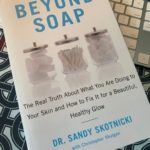
Beyond Soap Book, Dermatologist Dr. Sandy Skotnicki
PAGE 181-182•Syndet cleansers are mild and cause less damage to our skin. The pH of syndet cleansers are usually around 5.5, which is very similar to the natural pH of our skin
A few wonderful options for babies and children are:
Dr. Skotnicki also writes a wonderful chapter on skincare for babies, children, and teens in her book. I highly recommend it! If you’re new here – go back and read a few of my other posts to help you understand Allergic Contact Dermatitis and how sensitization begins.
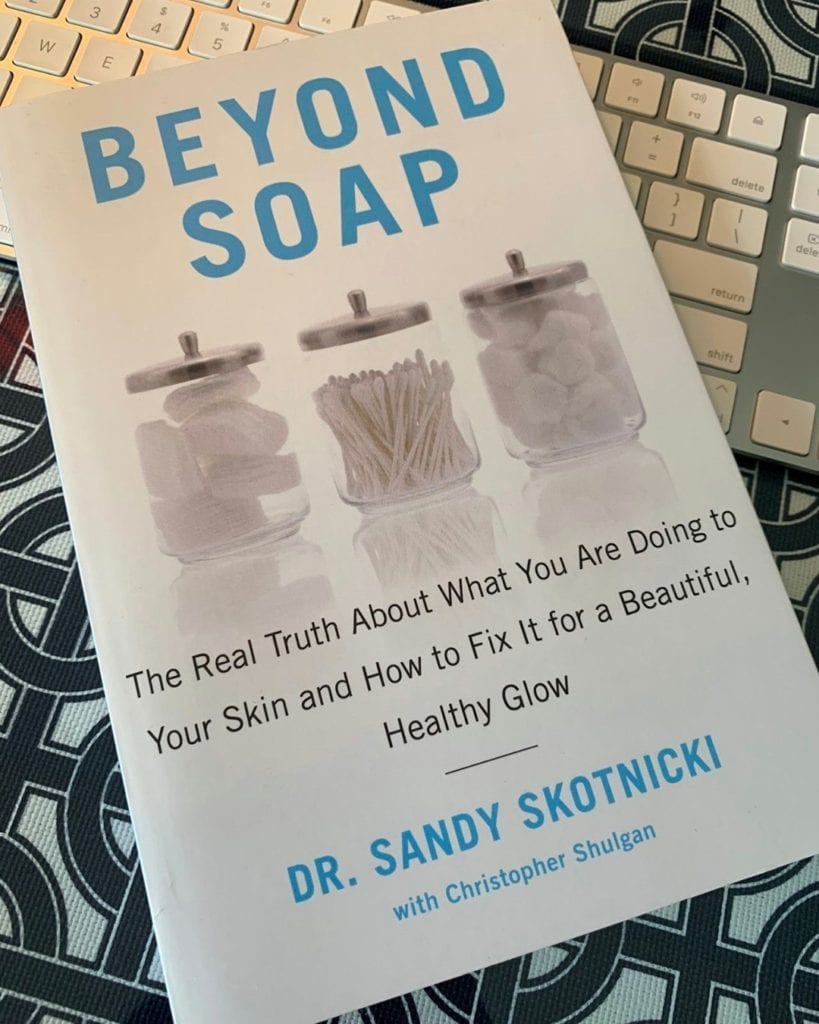
Beyond Soap Book
Products only need approximately ten ingredients working together to make a product, although many – have WAY WAY MORE! Minimizing your exposure to ingredients goes a long way in lowering your risk of acquiring eczema or allergic contact dermatitis (ACD). If your face or skin has “always been sensitive,” take a good hard look at what you’re using on your skin – primarily if “you’ve always used it,” as developing ACD comes from constant exposure.
a must read…
Linalool Allergy and INCI Decoder
I made a list of products that CONTAIN Linalool Hydroperoxide and, therefore can be devastating for those with Linalool Allergy. It’s a list that will surprise you, I think. Surprisingly, the list is only about 1% of the products on the market today containing linalool. If you’d like to see more products with the ingredient Linalool, I found a new tool that breaks down products and their ingredients. It’s pretty cool. You can upload a photo and a list of ingredients if your product is not on the site. In a matter of seconds, the website, developed by a computer scientist turned cosmetic chemist, will sort it all out for you. Find this cool tool: INCI Decoder
Products Containing Linalool: For a complete list – see incidecoder.com/ingredients/linalool
Products Containing Linalool
- Arbonne Rescue & Renew Detox Gelée
- Beauty Counter Counter+ Lotus Glow Cleansing Balm
- Caudalie Beauty Elixir
- Lush Ocean Salt Face & Body Scrub
- Honest Beauty Elevated Hydration Mist With Aloe, Watermelon Extract & Hyaluronic Acid
- Aveda Hand Relief Moisturizing Creme
- Burt’s Bees Firming Moisturizing Creme
- SkinCeuticals Phyto Corrective Gel
- Rodan and Fields Reverse Skin Lightening Treatment
The frightening part of the list above is I’ve used about half of these products in the past. Gasp. I now have Allergic Contact Dermatitis to many of the ingredients contained in them. Is the risk worth it to you? Heck NO! Grab a simpler, non-botanical-based FRAGRANCE-FREE alternative.
Skinsafe
Skinsafe is a daily tool I use
SkinSafe is the best way to find allergy-free products. An easy way to find a better fragrance-free alternative? Visit SkinSafe’s website and turn on the fragrance-free and top allergen-free filters and then search away! Dr. Jimmy Yiannias created SkinSafe with The Mayo Clinic to help his eczema-challenged father find safe-to-him products. Today’s market of personal care products is a significant landmine. Together with SkinSafe, we’ll have more reaction-free days ahead! YES!
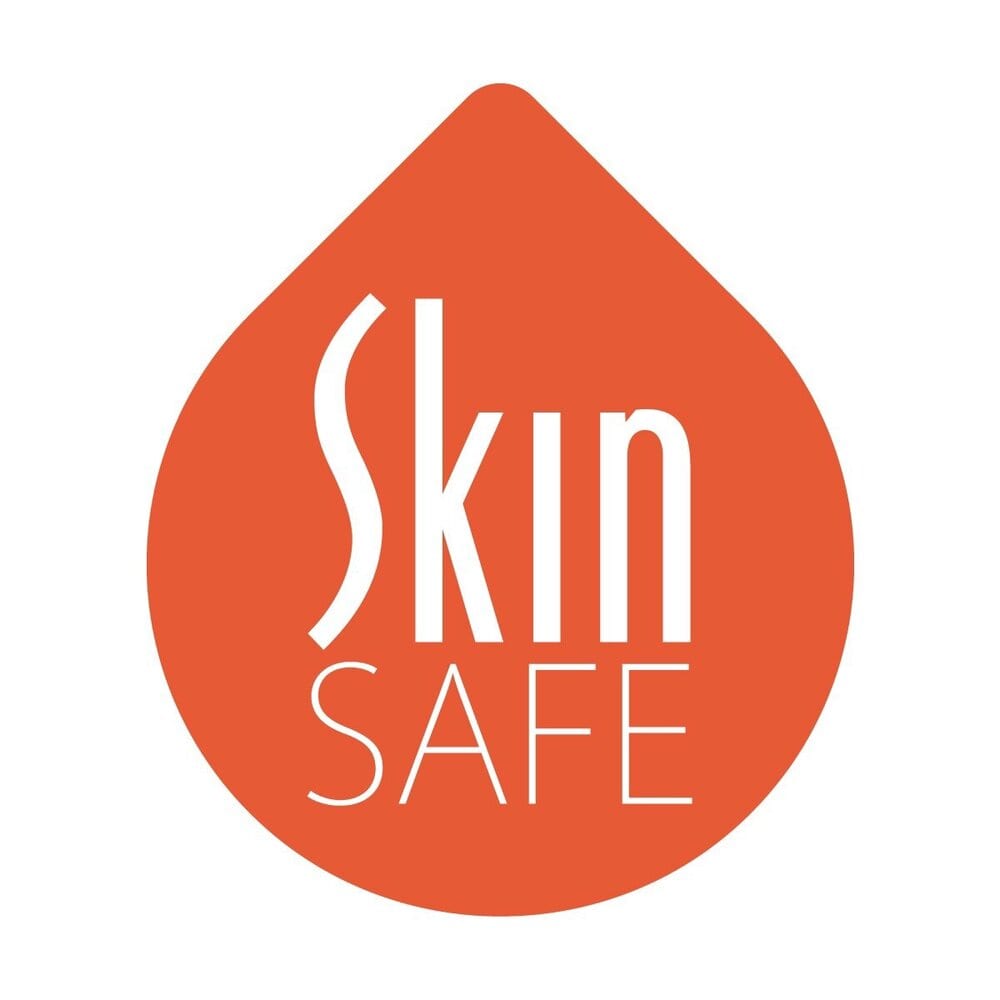
You can also continue to follow along here at The Allergy Life. You can be certain with my allergies; most everything I use – you can use too. In addition, I highlighted my allergies here, so double-check my list in case you have a long list of ACD allergies.
A few of my favorite skincare basics

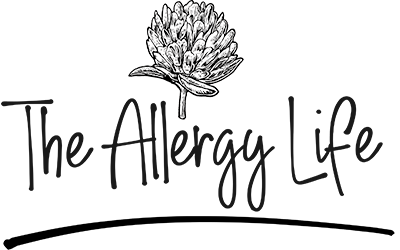
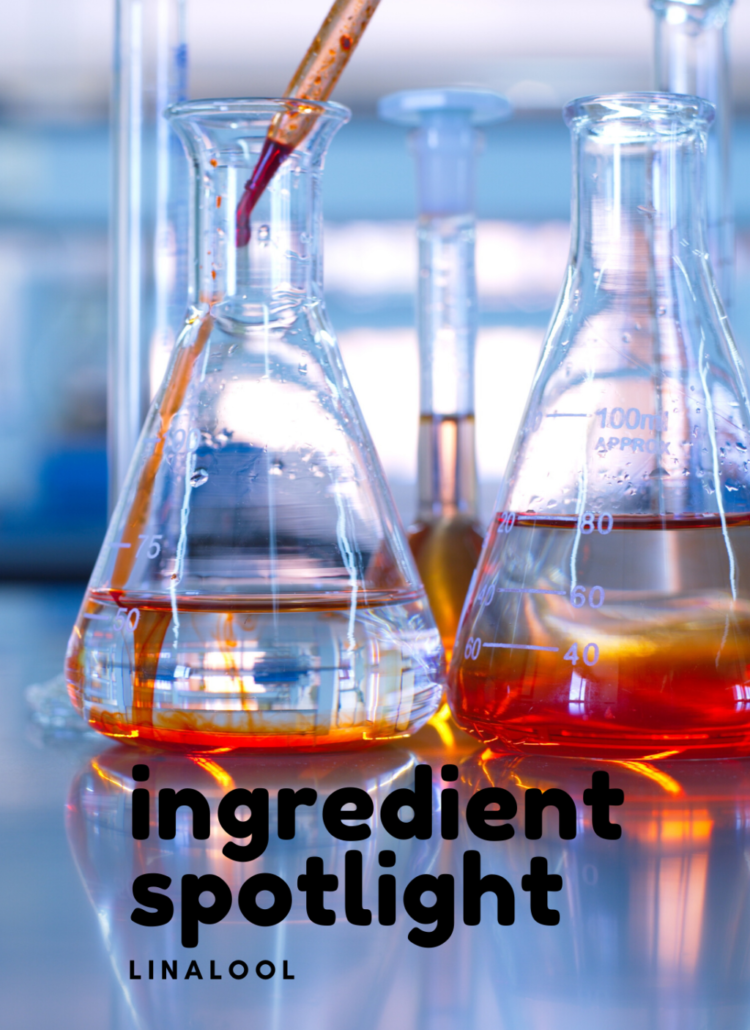
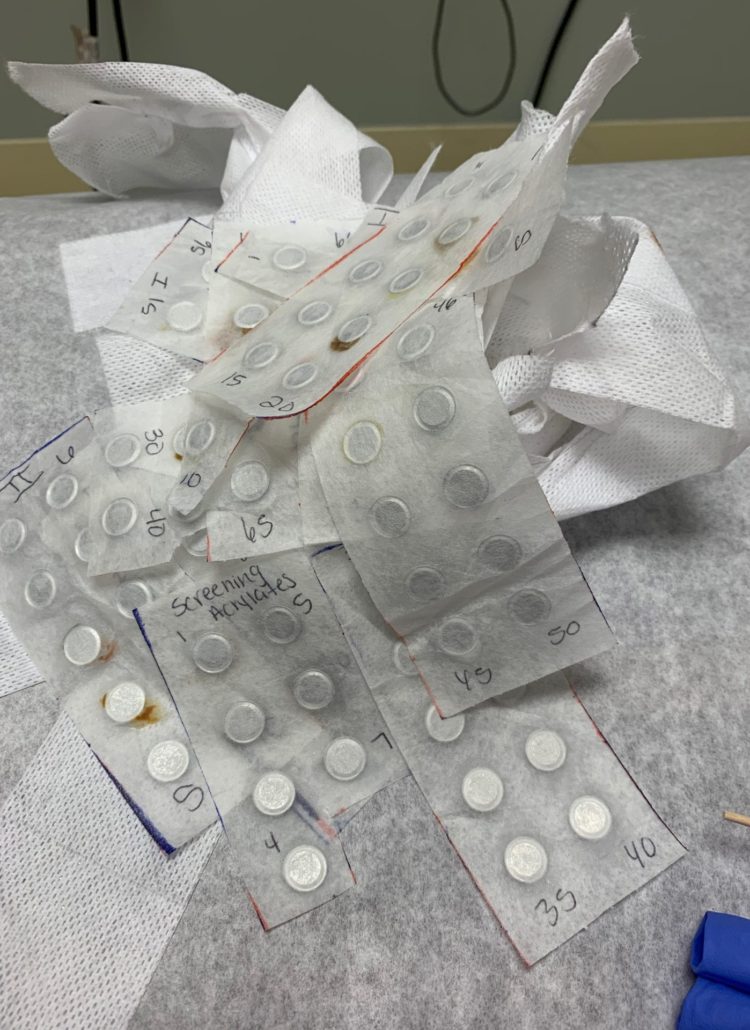


Holly says
People are shocked when I tell them that essential oils bother me. They are touted to have such benefits. But to those of us impacted by them, it is so surprising to see them added to so many products. Linalool, sadly, is one of my allergens. My first patch test, I was told that I had a fragrance allergy. I didn’t get a lot of information and did some research on my own. There wasn’t much out there! After my second patch test, linalool was listed as one of my allergens. This was the first time I had heard the word “linalool”. When I left the second patch test appointment, my new doctor equipped me with a bit more information. You explain this in a way that is easy to understand. I really appreciate that!
kathryn says
I am allergic to a number of chemicals, but the one that is most difficult to stay away from is cocamidopropyl betaine. It is in every mass market shampoo and many others. I am also fragrance sensitive and allergic to MCI/MI. I, too am allergic to balsam of peru.
I use Free&Clear, and Cleure but have found a shampoo bar from Whiff (unscented) that is very good. There are a number of other shampoo bars on my new safe list from the acdscamp.org list from my dermatologist.
Any other suggestions for hair care products?
Janan Dean says
I have an ever changing soy allergy and found lanolin and linalool to be problems. I’m also allergic to lecithin, soy and sunflower, can only have cocoa. A lot of seizure medicines are also inundated with a soy derivative or fake sweeteners. It’s scary. My most recent discovery is a hideous sensitivity to Vitamin E that I didn’t realize the severity of. Wound up in the ER, it was scary. Hope you can help me out.
Going for food sensitivity testing and shots soon and covered by Insurance. Really helpful. God bless you on your journey. Janan
Gemma Baker says
Thank you for sharing this article, I today had patch testing results that indicate I am allergic to linalool. I am trying to armour myself with as much info as possible. I have been amazed to find my laundry detergent, creams, face washes and shampoo all contain linalool. I am certainly going to have a interesting time trying to decode which products are safe for me to use going ahead.
Bianca Saleebyan says
I have a clarifying question. In addition to Linalool, I am also allergic to limonene, glycerin, and propylene glycol. This pretty much eliminates everything, even more “clean” or “hypoallergenic” products. I have to read everything! If a produce doesn’t say linalool, but has lavender or rosemary extract listed for example, is that just another way of saying linalool and it’s going to set of my contact dermatitis, or it would be labeled linalool specifically if it were problematic?
Bianca says
My confusion, which I have yet to get any clarification on from my allergist or dermatologist, is whether I only avoid this allergen when it specifically says linalool on the bottle, or if it lists jasmine, lavender, rosemary, sage, etc., do I avoid those products too. Logic would dictate that, since linalool sounds like it’s a derivative of these pure botanicals, they would be off limits too. But maybe the extraction method is different, which doesn’t cause the reaction linalool does. Feedback?
vanessa says
Hello,
I need your help in any way possible please. I’ve been recently diagnosed with a skin condition and highly allergic to LINALOOL. I live in Toronto, Canada. Im trying to find a detergent and body washes that are free of LINALOOL. I would appreciate any feed back.
Thank you
Vanessa Lia
Amin says
This may sound like a silly question but do Linalool free perfumes exist? if so what brands are there?
I am new to this allergy.